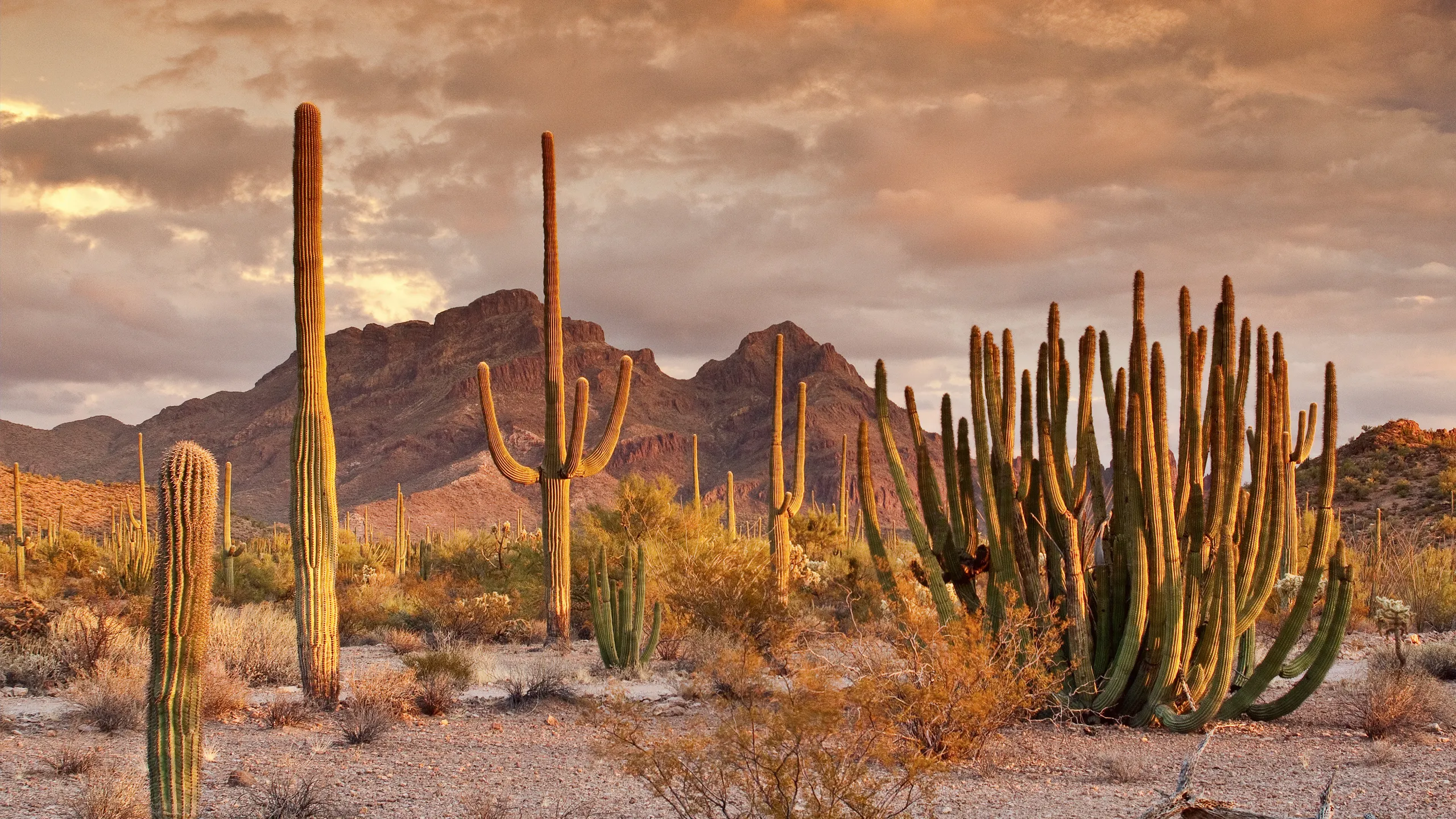Table of Contents
Decomposers play a critical role in desert ecosystems by breaking down dead and decaying matter. This releases nutrients back into the soil to support new growth. Decomposition may seem challenging in hot, arid desert conditions, but these 12 decomposers thrive in their harsh environment.
Types of decomposers in the desert
Here are the Types of decomposers in the desert below,
| Decomposer | Description |
|---|---|
| Scavengers | Feed on carcasses, e.g., vultures and hyenas. |
| Insects | Include beetles, ants, and termites involved in breaking down organic matter. |
| Microorganisms (Bacteria and Fungi) | Decompose dead plants and animals, aiding nutrient recycling. |
| Detritivores | Organisms like millipedes and sow bugs that consume decaying plant material. |
| Carrion Beetles | Specialized in decomposing animal remains, facilitating nutrient release. |
12 Decomposers in the Desert
Here are 12 Decomposers in the desert below here,
Vultures
Scavenging vultures are perfectly adapted desert decomposers. By picking decaying carcasses clean, they rapidly decompose animal remains before desiccation can occur. Turkey vultures, black vultures, and king vultures frequent the Sonoran, Mojave, and Chihuahuan deserts.
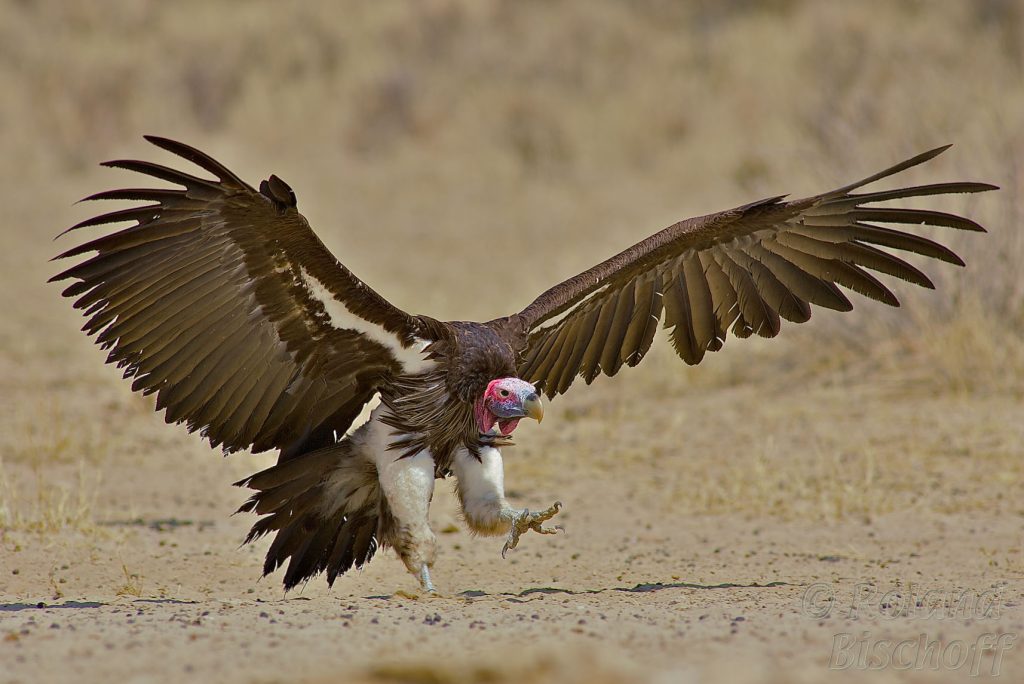
Coyotes
As opportunistic omnivores, coyotes will eat deceased animals thereby speeding decomposition. Their strong jaws and digestive systems allow them to break down and assimilate nutrients from carrion. Their scat then deposits these nutrients back into the desert soil.
Beetles
Many beetle species directly consume dead plant and animal matter. Darkling beetles devour decaying detritus while burying beetles in carcasses to raise their larvae. Dung beetles also decompose scat and return feces nutrients to the ground.
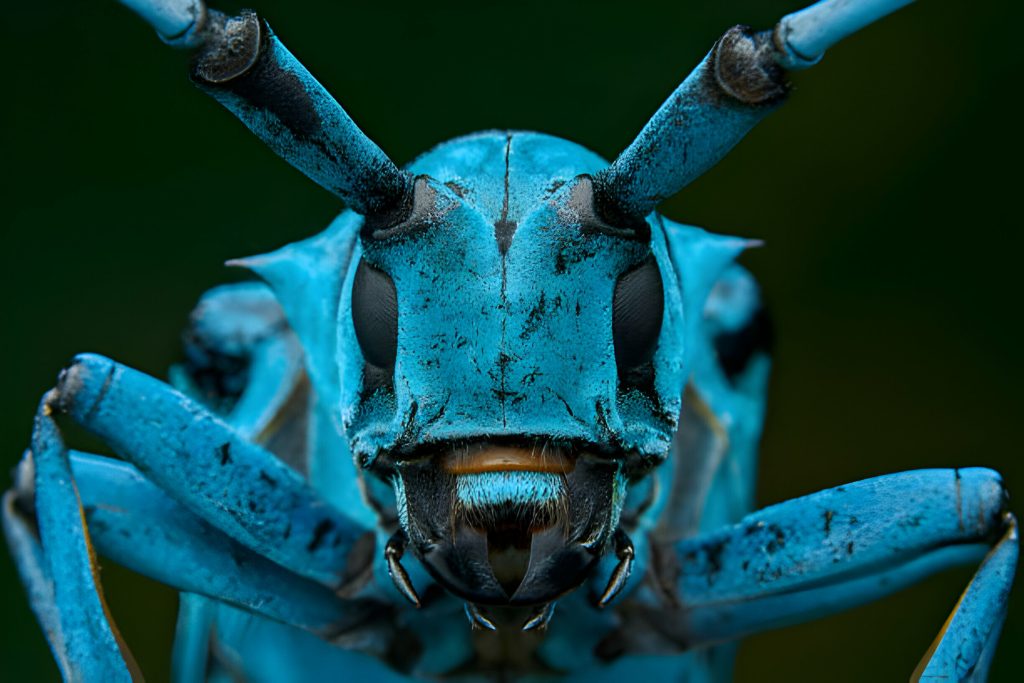
Termites
Desert termites fill the niche of decomposing wood and plant litter in arid regions. They break cellulose and lignin down into simpler organic compounds. Termite mounds also concentrate nutrients from grazing animals returning them to the soil.
Ants
Numerous desert ant species act as decomposers on small cadavers like insects and lizards. Ants secrete antimicrobial acids that help break down and digest decaying matter which they carry back to their nests to enrich the surrounding soil.
Read also: Why You Should Never Visit Barcelona
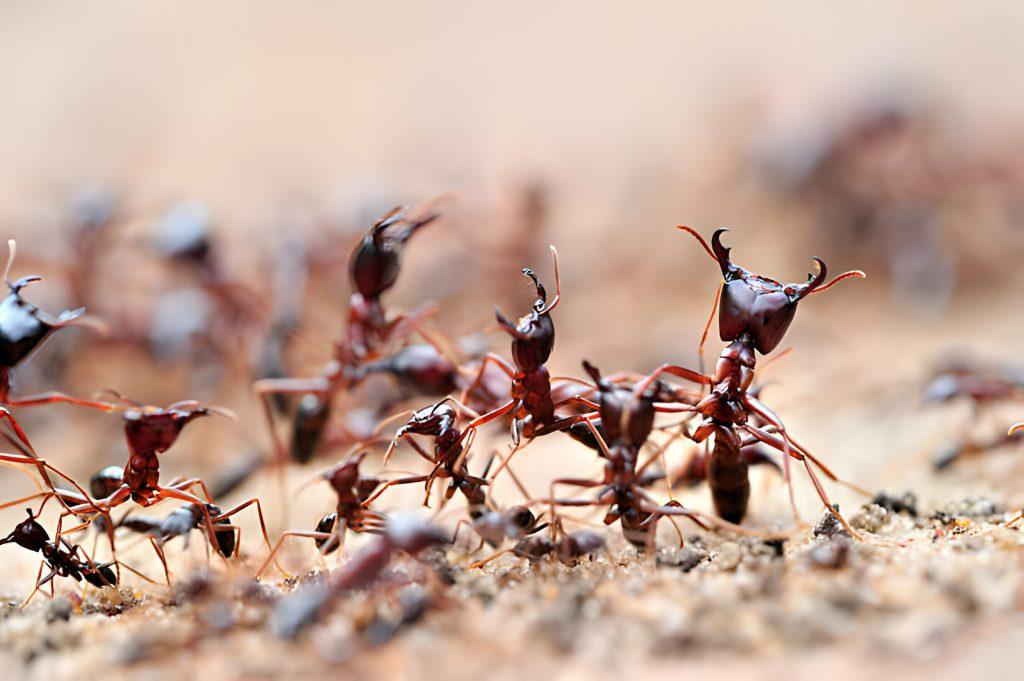
Cockroaches
Resourceful desert cockroaches are prime organic waste decomposers. They use cellulose-digesting gut bacteria to rapidly break down plant litter and deadwood, preventing accumulation on the desert floor.
Carrion Beetles
This beetle subgroup is specialized in skeletonizing and decaying carcasses. Examples like burying beetles in animal remains while carrion feeders like hide and larder beetles directly consume rotting flesh speeding its decomposition in xeric desert conditions.
Read also: Reasons to Never Visit Honolulu
Crabs and Lobsters
In coastal deserts, crabs and lobsters act as scavengers decomposing deceased marine plants and animals. Spider crabs are prolific desert island decomposers, consuming and recycling seaweed detritus back into food webs.
Snails and Slugs
Though limited by daytime heat, nocturnal snails and slugs perform critical decomposition by gnawing decaying plant debris with tooth-like radulae and distributing nutrients via mucous secretions.

Camel Spiders
Also active at night, solitary camel spiders hunt insect carcasses and fragments of deceased animals to ingest for nutrition. Their decomposition of tiny carcasses provides nutrients to desert soil.
Hyenas
opportunistic striped and spotted hyenas efficiently decompose kills and carrion in African desert habitats. They consume bones, skin, and tendons, speeding breakdown and dispersing nutrients from carcasses.
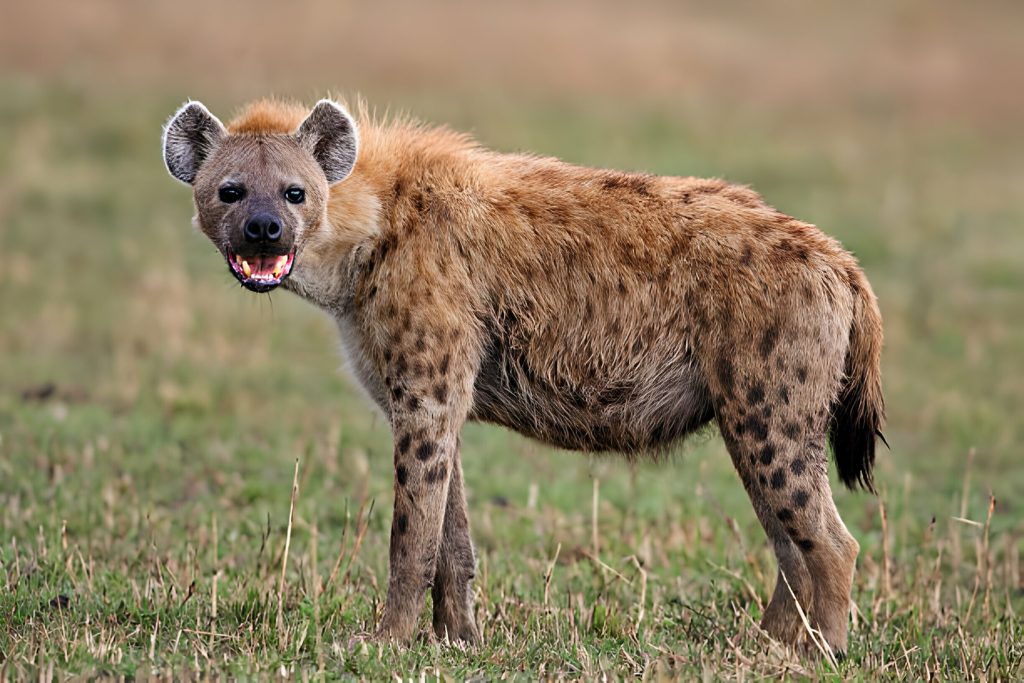
Jackals
Smaller than hyenas, golden jackals are prolific desert scavengers across northern Africa and Asia. By wholly consuming decaying remains, jackals rapidly return the nutrients from deceased animals back to arid soils.
As these examples illustrate, deserts host diverse organisms specialized in breaking down and deriving nutrition from dead matter. Their collective decomposition processes form a vital nutrient cycle making life possible in harsh, arid environments.
Decomposers in the Sahara Desert
Here is a list of Decomposers in the Sahara Desert,
| Decomposer | Description |
|---|---|
| Scarab Beetles | Burrow into sand, aiding in decomposition |
| Desert Snails | Contribute to breaking down organic matter |
| Termites | Decompose dead plant material |
| Bacteria | Microorganisms vital for organic decay |
| Fungi | Break down organic substances |
People also ask
What are the 5 decomposers in the desert?
Scorpions, vultures, bacteria, fungi, and beetles.
What decomposers are in the Sahara Desert?
Scarab beetles, desert snails, termites, bacteria, and fungi.
What role do decomposers play in the desert?
Decomposers break down dead organic matter, recycling nutrients and aiding ecosystem balance.
What are the 4 main decomposers?
Bacteria, fungi, insects, and scavengers (e.g., vultures) are key decomposers in various ecosystems.

